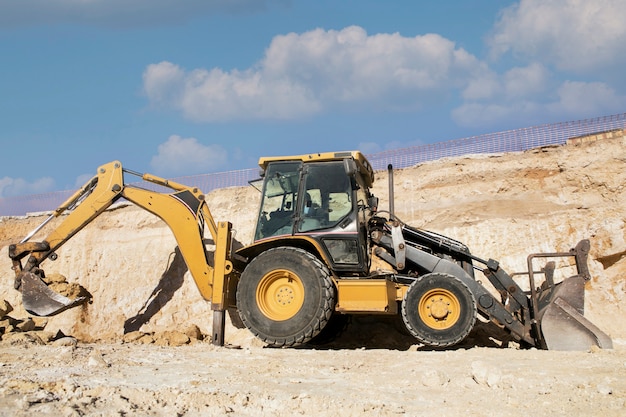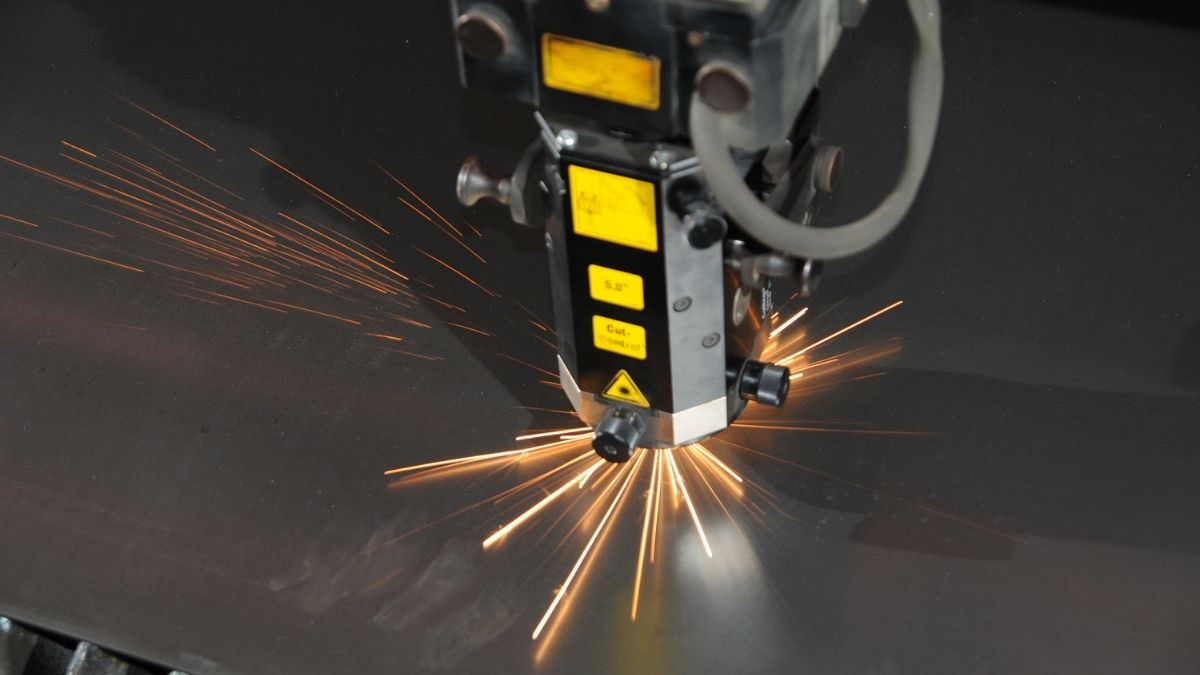When it comes to construction, excavation, and heavy-duty landscaping, few machines are as essential and versatile as the backhoe excavator. Whether it’s digging trenches, lifting heavy materials, or performing tasks on uneven terrain, the backhoe excavator stands out for its efficiency and multi-functional capabilities. But what exactly is a backhoe excavator, and why is it so indispensable in modern construction projects?
What is a Backhoe Excavator?
A backhoe excavator, often simply referred to as a “backhoe,” is a construction machine equipped with a digging bucket (the “back” part), a loading bucket or arm (the “front” part), and a set of wheels or tracks for mobility. It typically features a boom arm, a bucket, and a dipper that are used to excavate or move materials from one location to another. The front-end loader can scoop, lift, and carry materials, while the backhoe arm digs into the ground, making it ideal for tasks that require both excavation and material handling. Its ability to perform multiple functions in one machine makes it an essential tool for a variety of industries.
Key Components of a Backhoe Excavator
A backhoe excavator consists of several key components that work together to provide efficiency and versatility. The boom arm is the long hydraulic arm at the back of the excavator, used primarily for digging and reaching into tight spaces. The bucket is attached to the boom and used for scooping dirt, debris, or other materials from the ground. The dipper, which connects the bucket to the boom, extends the reach of the backhoe’s digging capabilities. On the front of the machine, the loader can carry or move materials like sand, gravel, or rocks. The cab is where the operator sits, using levers and controls to manipulate the machine’s movements, while the wheels or tracks provide mobility, allowing the backhoe to maneuver across various terrains.
Why Backhoe Excavators Are Essential in Construction
Backhoe excavators are essential in construction projects due to their ability to perform a wide range of tasks efficiently. They are especially useful for digging and excavation. Backhoes can dig trenches for utilities, foundations, and drainage systems. The powerful back arm allows operators to dig deep into the earth and remove large volumes of dirt or rock, making the backhoe ideal for both small and large-scale projects. Material handling is another area where backhoe excavators shine. The front loader attachment can move sand, gravel, and other materials, making it easy to load them into trucks or relocate them on construction sites. The machine’s versatility means it can perform multiple roles in a single project, saving both time and labor costs.
Versatility in Different Environments
One of the standout features of backhoe excavators is their ability to work in both urban and rural environments. Their compact size and mobility allow them to maneuver through tight spaces, such as city streets or narrow construction sites. At the same time, they can also cover large areas in open spaces, making them ideal for rural or large-scale construction projects. Backhoe excavators’ ability to adapt to different environments makes them one of the most versatile machines on construction sites, able to perform a variety of tasks in a range of settings.
Common Uses of Backhoe Excavators
Backhoe excavators are used in a wide range of industries and applications. In road construction and repairs, backhoes are often employed to dig trenches for pipes, cables, and utilities or level the ground for new roads. In residential construction, they are used for digging foundations, clearing debris, and trenching for utilities. The landscaping industry also benefits from backhoe excavators, as they are capable of creating slopes, digging holes for trees or posts, and moving large amounts of soil or stone. On farms, agriculture uses backhoes for digging ditches, planting trees, and clearing fields or debris. Furthermore, utility maintenance companies rely on backhoes to dig up and replace pipes, wires, or cables during routine maintenance or emergency repairs.
Advantages of Using a Backhoe Excavator
There are several advantages to using a backhoe excavator on construction and landscaping projects. Cost-effectiveness is one of the biggest benefits, as backhoes provide both excavation and material handling capabilities in one machine, reducing the need for additional equipment. This not only saves on rental or purchase costs but also on labor and fuel. Another major benefit is time efficiency. Since backhoe excavators can perform multiple tasks, such as digging and loading, operators can complete jobs faster, reducing the overall project timeline. Additionally, backhoes are relatively easy to operate, and with proper training, operators can quickly become proficient in using the machine’s various features. Finally, their compact size allows backhoe excavators to operate in spaces where larger machines might struggle, making them ideal for urban environments or smaller construction sites.
Choosing the Right Backhoe Excavator for Your Project
When choosing a backhoe excavator for a specific project, it’s important to consider the size and weight of the machine relative to the project’s needs. Larger backhoes may be necessary for heavy-duty tasks or larger construction projects, while smaller machines are more suited for tight spaces or residential jobs. Additionally, backhoe excavators can be fitted with various attachments, such as hydraulic hammers, augers, or rippers, to further enhance their capabilities. It’s also important to consider the terrain on which the backhoe will be used. If you’re working on rough or uneven ground, a tracked backhoe may be a better option for increased stability and traction compared to a wheeled one.
Final Thoughts
The backhoe excavator is a powerful, versatile, and indispensable machine used across numerous industries. Its ability to both dig and move materials efficiently makes it a cornerstone of modern construction, landscaping, and agricultural projects. With the right backhoe excavator, you can tackle a wide range of tasks, save time, reduce costs, and ensure that your project runs smoothly. When selecting the right backhoe for your needs, it’s essential to assess the project requirements, the machine’s capabilities, and the terrain to get the most out of your investment.









